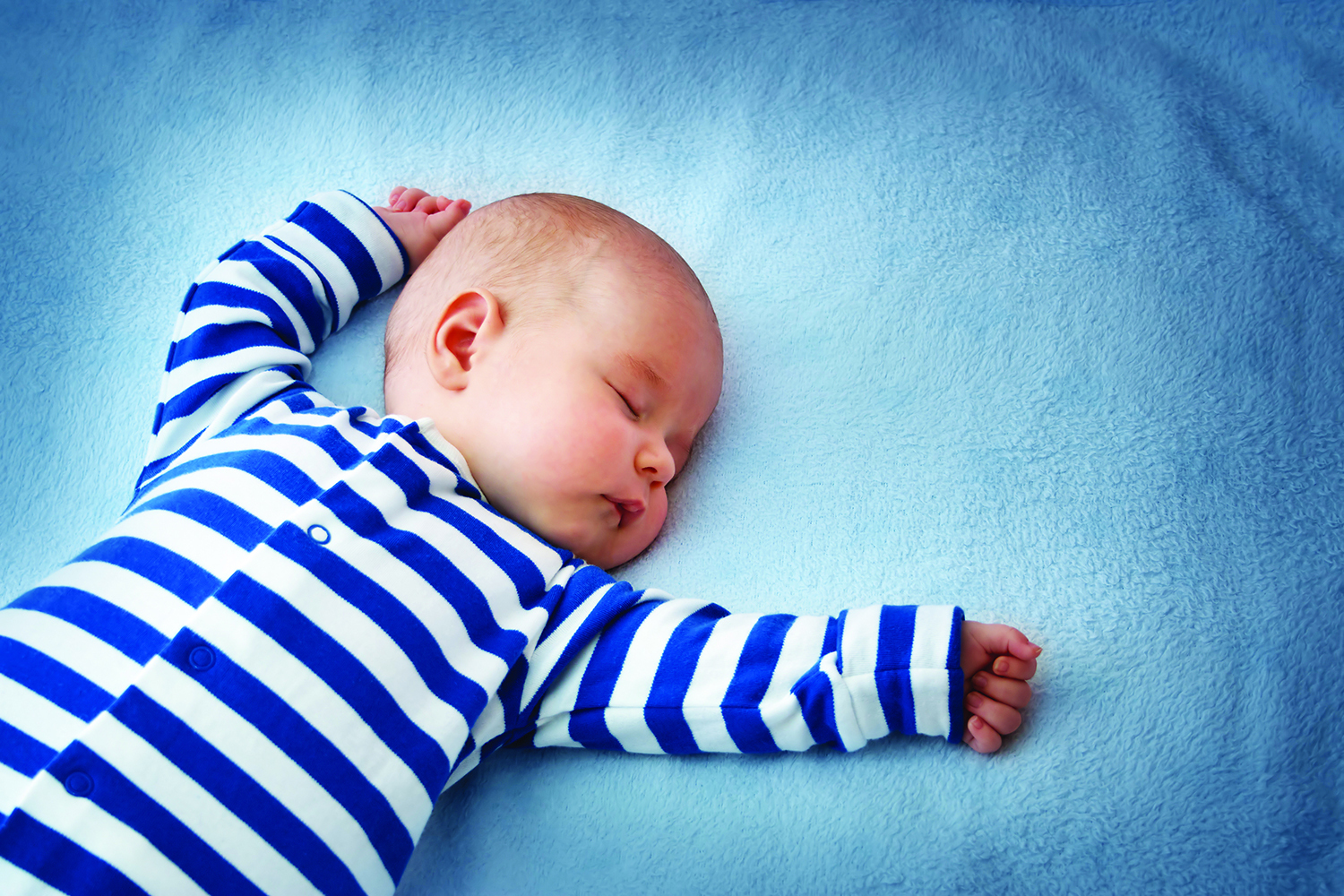SLEEP TIGHT ...
TIPS TO HELP YOUR BABY SLEEP SAFELY

If you’re a parent, grandparent, or caregiver, you may think you’re already familiar with an infant’s safe sleep environment. With new studies out, and with new recommendations in recent years, now may be a good time for a refresher on how to help your baby sleep safely.
Safe sleep practices help protect the youngest, tiniest residents of our community. While the infant mortality rate has declined statewide in recent years, more than 125 families tragically lose a baby to sleep-related death each year in North Carolina, according to the North Carolina Healthy Start Foundation.
WakeMed Health & Hospitals is helping raise awareness about safe sleep practices, educating parents and families to help ba-bies grow and thrive during their first year of life and beyond. WakeMed was recently awarded the Infant Safe Sleep Hospital Model of Excellence designation by the North Carolina Healthy Start Foundation for its system-wide efforts to support safe sleep both in the hospital and at home. Only 12 hospital systems statewide are currently designated as Infant Safe Sleep Hospital Models of Excellence.
“Our mission is to improve the health and well-being of our community, and we are committed to modeling safe sleep practices in the hospital and providing the most effective education and resources possible to reduce the risk of sleep-related infant deaths and to help keep babies safe in their cribs at home,” said Karen Chilton, MD, medical director of pediatric critical care and hospital medicine for WakeMed Children’s Hospital.
Dr. Chilton described what you need to know to help your baby sleep safely and protect him or her from preventable sleep-related deaths. To create a safe sleep environment for you baby, she shared a few recommendations:
– Use a firm sleep surface in a safety-approved crib, covered by a fitted sheet.
– Do not use pillows, blankets, crib bumpers, or any other soft, loose objects in baby’s sleep area.
– If a light blanket is needed, it should be tucked in to sides of the crib and rest no higher than baby’s chest.
– The Consumer Product Safety Commission recommends against the use of sleep positioners of any kind.
Dr. Chilton also shares the ABCs of infant safe sleep with parents and families.
A: All by myself.
I should sleep alone because sleeping with anyone else is not safe.
B: Back to sleep.
I should sleep on my back because on my side or stomach is not safe.
C: In my crib.
I should sleep on a firm mattress with no pillows, loose blankets, or stuffed animals because they are not safe.
WakeMed Health & Hospitals

